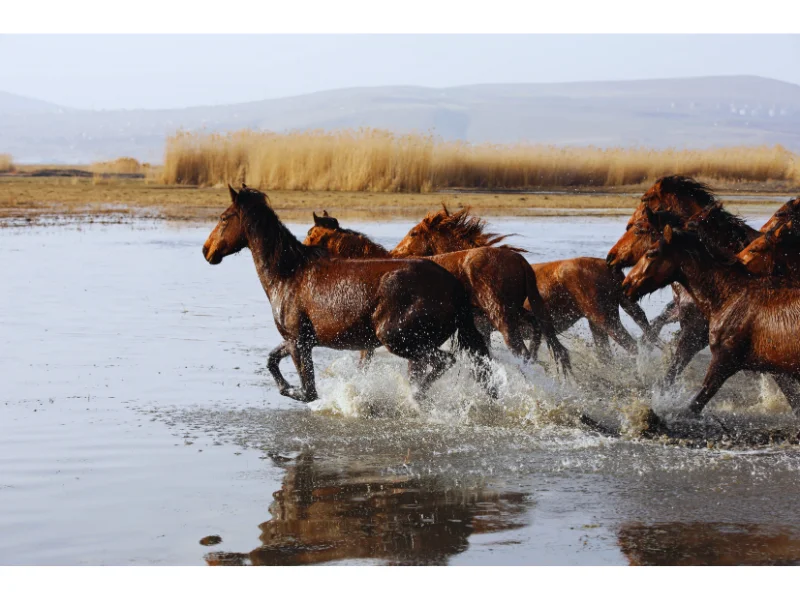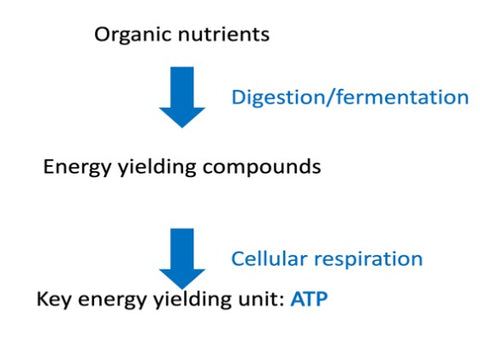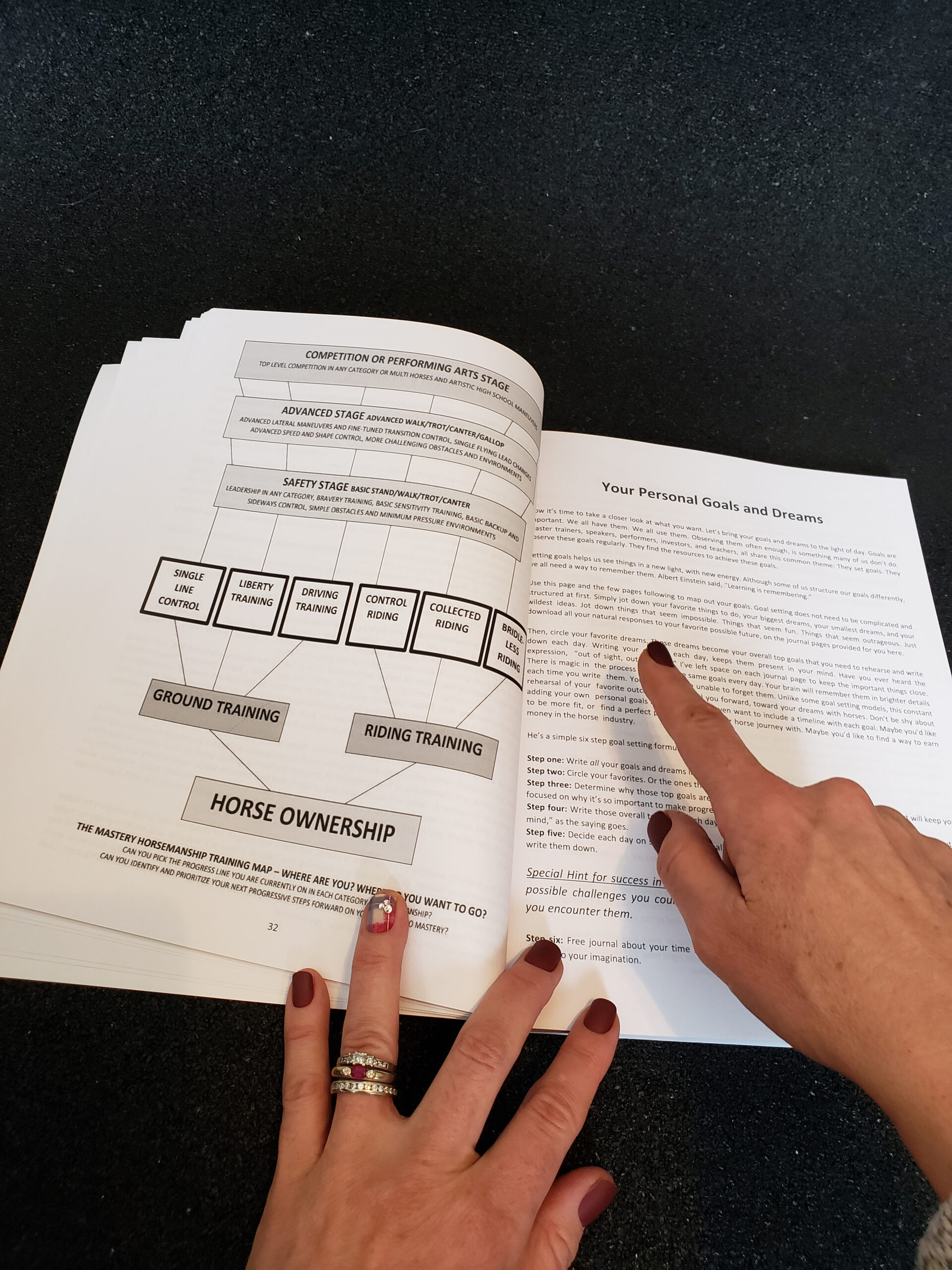Teaching Your Horse to Self-Regulate Energy: A Comprehensive Guide

Horses are naturally energetic animals, and managing their energy levels is crucial for effective training, safety, and overall well-being. Teaching your horse to self-regulate energy not only improves performance but also fosters a deeper bond between you and your equine partner. This article explores practical methods, benefits, and tips for helping your horse develop this valuable skill.
Understanding Energy Regulation in Horses

Energy regulation refers to a horse’s ability to control its physical and mental energy output according to the demands of the environment and training. Horses that can self-regulate are calmer, more focused, and responsive, making them easier and safer to handle.
Why Is Energy Regulation Important?

- Safety: Prevents sudden bursts of energy that can lead to accidents.
- Performance: Enhances stamina and precision during riding or work.
- Mental Health: Reduces stress and anxiety in horses.
Signs Your Horse Needs to Learn Energy Self-Regulation

| Signs of Excess Energy | Signs of Low Energy |
|---|---|
| Restlessness or pacing | Lethargy or disinterest |
| Excessive vocalization | Slow responses |
| Difficulty focusing | Lack of motivation |
Recognizing these signs early helps tailor your training approach.
Techniques to Teach Energy Self-Regulation
1. Consistent Routine
Horses thrive on predictability. Establishing a consistent daily routine helps them anticipate activities and manage their energy accordingly.
2. Controlled Exercise
Incorporate varied exercise sessions that balance high-intensity work with rest periods. This teaches your horse when to expend energy and when to conserve it.
3. Groundwork and Desensitization
Engage in groundwork exercises that promote focus and calmness. Desensitization to stimuli reduces reactive energy spikes.
4. Breathing and Relaxation Techniques
While horses don’t consciously control breathing like humans, encouraging relaxation through calm handling and pauses can help lower their energy levels.
5. Positive Reinforcement
Reward calm behavior to reinforce self-regulation. Use treats, praise, or gentle pats to encourage desired responses.
Benefits of Teaching Energy Self-Regulation
- Improved safety for rider and horse
- Enhanced training outcomes
- Stronger horse-human relationship
- Better adaptability to new environments
Frequently Asked Questions (FAQ)
Q1: How long does it take to teach a horse to self-regulate energy?
A: It varies depending on the horse’s temperament and training history but generally requires consistent practice over weeks to months.
Q2: Can all horses learn to self-regulate energy?
A: Most horses can develop this skill with proper training, though some may require more patience and tailored approaches.
Q3: What if my horse becomes overly calm or lethargic?
A: Balance is key. Adjust exercise and stimulation levels to maintain a healthy energy state.
Teaching your horse to self-regulate energy is a rewarding process that enhances safety, performance, and your partnership. With patience and consistent training, your horse can learn to manage its energy effectively, leading to a happier and more harmonious relationship.
Ready to start training your horse today?
